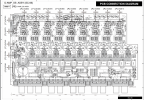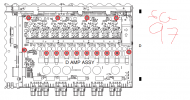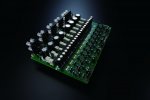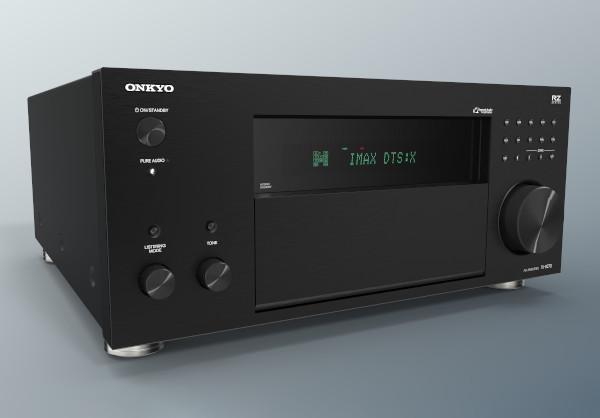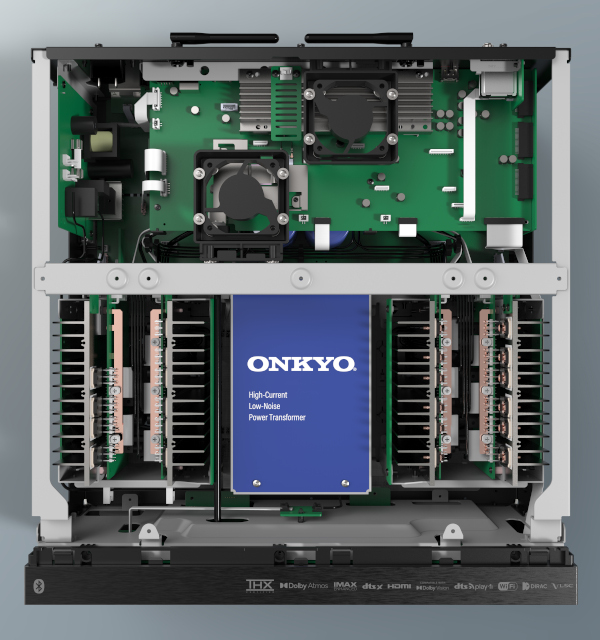Onkyo today announced plans to release the TX-RZ70 this spring, but it doesn't look nearly as nice as the LX805, has 10 wpc less and no XLR connections.
The spec sheets look suspect.... they look more like a marketing fluff blurb than like actual doco...
I am hoping that they are an early doc, with the real ones coming out nearer their actual availability!?
Also - if you look at the inside images, the heatsinks are differently shaped on the RZ70 as compared to the 805/8.4, although the rest of the interior looks identical.
Given how similar the interior looks, I am surprised to see a difference in rated power. Is that due to a power supply difference? (hard to tell what is under the pretty cover with the logo on it!) - or is the Onkyo different in some other way? - which perhaps links to it having differing heatsinks?
It is also possible that some of the photos we have seen are pre-production prototypes, and have differences to what will be the final product coming out of the factory - so potentially, the earlier Integra / Pioneer photos could have shown preprod heatsinks, where the RZ70 shows the final production version.... or vice versa...
Lots of questions - and given the skimpy specs issued so far, probably wise to take them with a bit of a pinch of salt.
In terms of heatsink surface area for a 140W (or 150W) x 11 channel amp - they all seem a bit short on heatsink surface area!
The doco however, does talk about having fans to cool the heatsinks, and the layout would be perfect for there to be 2 x 8cm or 12cm fan under the heatsinks....
Fan noise will need to be scrutinised... (but past experience with the brand, has shown there to be no audible trace of the fans in actual use... based on my experiences with an Onkyo SR876, Integra DTR 70.4 and now an Integra DRX 3.4)

